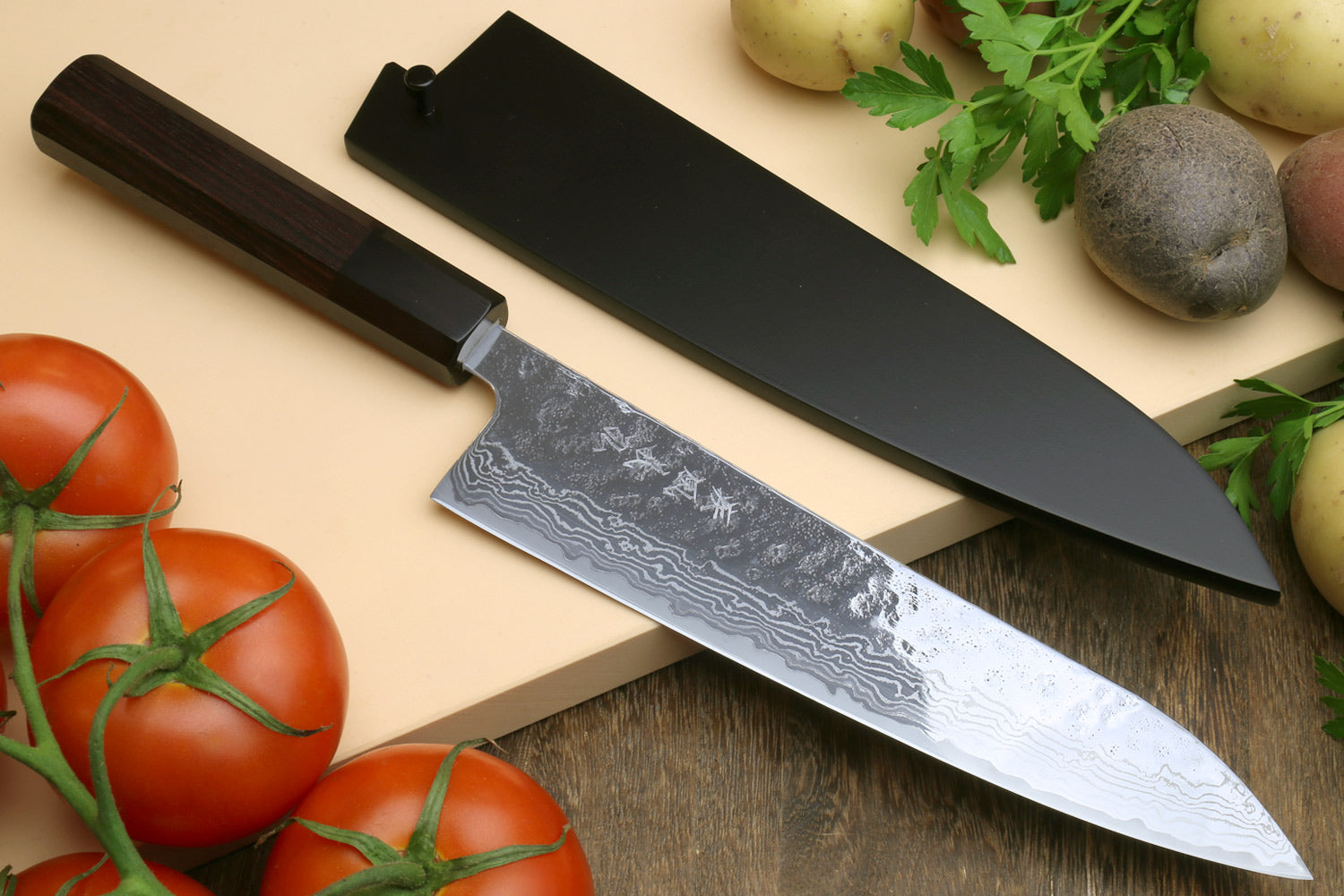The allure of Damascus steel is undeniable, especially for kitchen professionals who appreciate the blend of beauty and functionality embodied in these exceptional knives. Understanding how to identify real Damascus steel can be a game changer, ensuring that your investment adds value not just visually, but practically within your kitchen environment.
With its signature wavy patterns and legendary sharpness, genuine Damascus steel carries a legacy of craftsmanship. However, the market is flooded with imitations. It's imperative for kitchen professionals to discern the genuine from the fake, especially since these knives are critical tools in any culinary setting.

The Rich History of Damascus Steel
Damascus steel has fascinated craftsmen and culinary experts for centuries. Its origins trace back to the ancient Middle East, becoming synonymous with blades that are both strong and flexible. This unique steel type is made using a specific forging process that produces distinct, rippled patterns.
The history of Damascus steel is a journey through time, showcasing how ancient techniques have been preserved and refined. For more on the historical perspective, you might want to explore this comprehensive guide.
Identifying Real vs. Fake Damascus Steel
Examine the Pattern
The hallmark of genuine Damascus steel is its intricate pattern. These are not superficial designs but are rather a result of the forging process. Authentic Damascus steel reveals a pattern that runs deep, providing not just aesthetic value but also structural integrity.
Many counterfeit versions rely on etching or coatings to mimic this pattern. It's crucial to look closely; real patterns should be visible even with minimal polishing or surface treatment. For those in culinary circles, the value of a real Damascus knife lies in both its performance and aesthetic appeal, making it essential to distinguish between genuine articles and reproductions.
Material Hardness and Flexibility
Another key indicator of real Damascus steel is its balance of hardness and flexibility. Genuine Damascus steel typically has a unique blend that offers both strength for cutting and flexibility to prevent breaking under stress, which is paramount for kitchen activities.
Check the Price and Source
The remarkable craftsmanship involved in creating Damascus steel means that genuine pieces are not inexpensive. It's imperative to consider the source; knives offered at unreasonably low prices are likely not genuine. Manufacturers or retailers offering woundingly cheap Damascus steel should be approached with caution.
For a deeper dive into identifying authentic Damascus steel in kitchen knives specifically, you can read more about it here.
The Emotional and Practical Value of Authentic Damascus
For kitchen professionals, using real Damascus steel knives extends beyond mere cutting. It's about the feel and experience of using a blade steeped in tradition and meticulous craftsmanship. A knife forged properly can enhance your culinary skills, making the preparation process more enjoyable and efficient.
With a solid understanding of how to identify real Damascus steel, you can ensure the tools at your disposal meet your standards, reflecting an alignment between professional integrity and functional excellence. For further reading on preserving and using Damascus knives in the culinary field, visit this additional resource.

FAQs
How can I ensure my Damascus knife stays sharp?
Regular maintenance is key. Use a whetstone for sharpening and avoid using your Damascus knife on hard surfaces that can dull the blade.
Are all Damascus steels created equal?
No, the quality can vary significantly. Authentic Damascus is typically made with precise techniques requiring skilled craftsmanship.
What are the visual cues of fake Damascus steel?
Artificial etching that mimics the pattern is a common sign. The pattern shouldn't rub off with cleaning or polishing.
This article contains affiliate links. We may earn a commission at no extra cost to you.


























